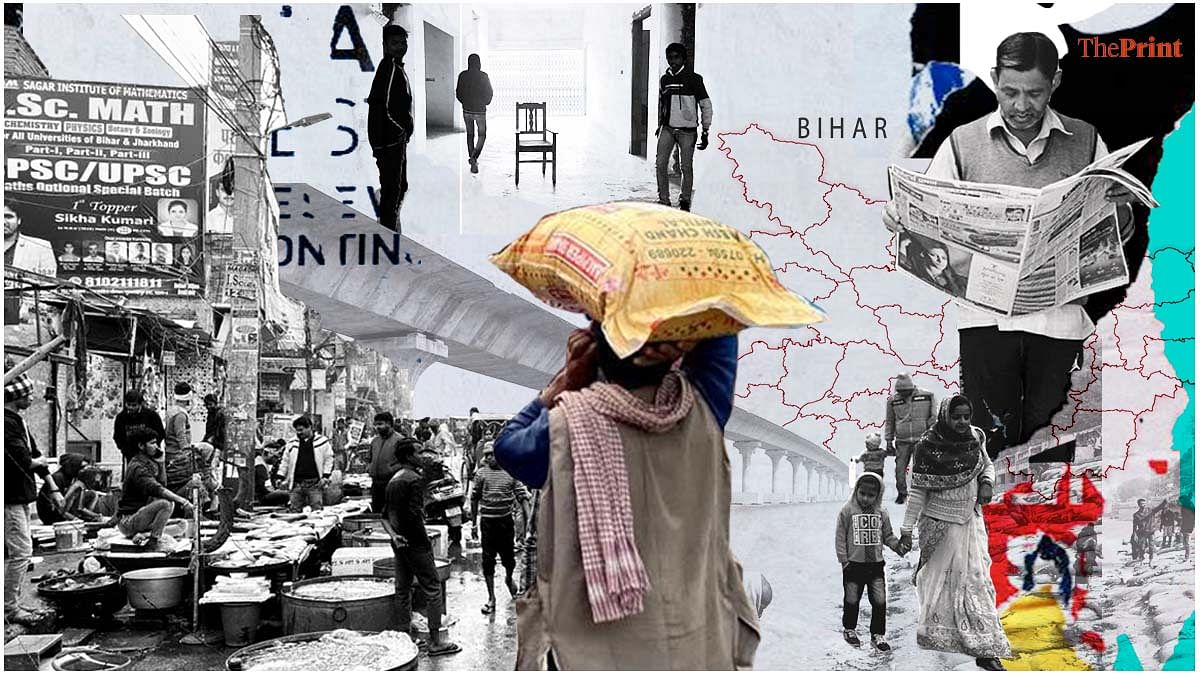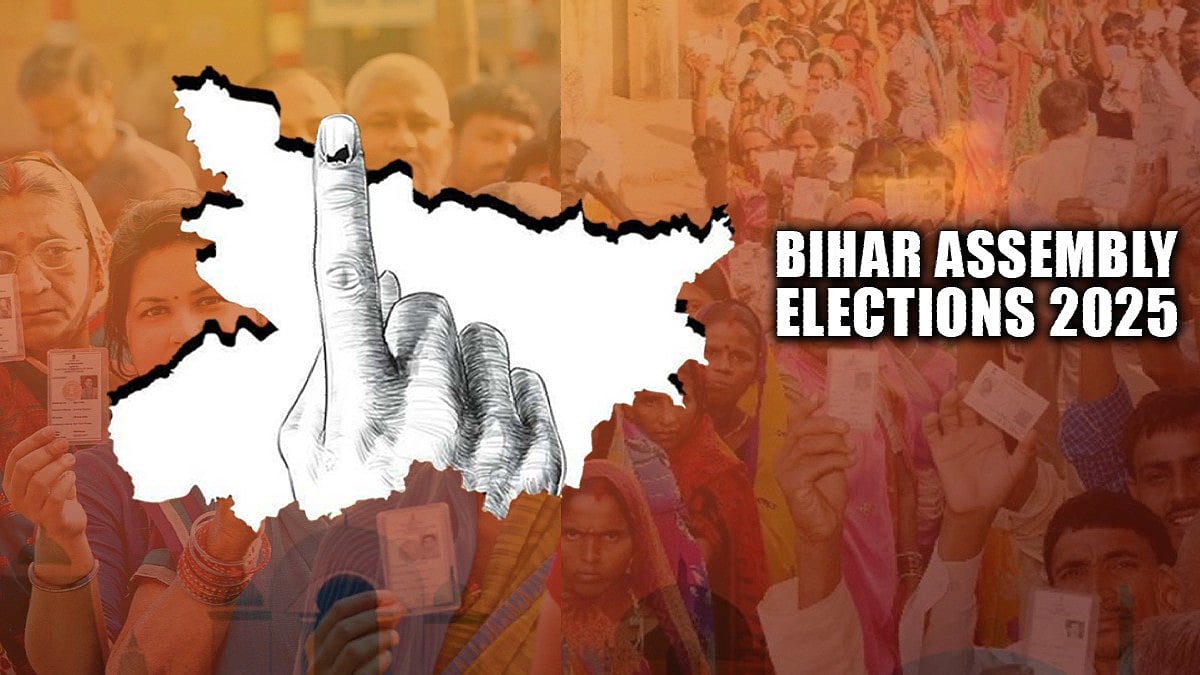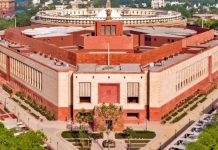- People closely following the fortunes of the Indian political scenario would have no qualms in admitting that the very foundation of any democratic form of governance is the conduct of free, fair, and peaceful elections. And in the case of Indian democracy, some or the other forms of elections are conducted round the year. Of course, efforts are underway by the incumbent union government to have in place one election for the Parliament and the states. Till such an endeavour takes shape, the country will witness one or the other state assembly election. As most of us are aware, the much-anticipated election dates for the Bihar state assembly have been announced by the Election Commission of India (ECI). And the battle for supremacy takes off with renewed verve.
PC: Free Press Journal
- Sadly, Bihar is in the news for all the wrong reasons simply because of its status as India’s most backward state. The moot point to ponder over here is whether voters can force politicians to change this time around. On November 6 and 11, Bihar will decide who governs it for the next five years. Election days are important in every state, but for Bihar, named the poorest region in South Asia not too long ago, they are critical. The will of its 7.4cr electors will determine, among other things, whether Bihar finally moves up from the bottom of the per-capita income rankings, where it has languished for decades. To the credit of Bihar’s electorate, it is not easily swayed by emotive issues, unlike voters in many prosperous states.

PC: Deccan Chronicle
- Recollect how in the 2020 polls, held in the shadow of the Covid lockdowns, the key issues were unemployment and migration, flood havoc, and corruption. The state’s electors are quite hard-nosed in the sense, and vocal, but oddly lackadaisical when it comes to voting. After the modest highs of the 1990s, turnout fell sharply in 2005 and remained around the 57% mark the last two times. One hopes it isn’t a sign of disenchantment. Bihar has been a laggard on social and economic indicators for so long that some voters may have given up hope of change. And there’s so much that needs to change for the better in the state. Be it child nutrition, school enrolment, literacy rate, infant mortality, access to water, sanitation, and electricity, Bihar trails visibly.

PC: ThePrint
- Further, the income gap is shocking. The average Bihar resident earns less than a third as much as the average Indian – Rs. 32,227 vs Rs. 1,14,710 in 2023-24 (in terms of 2014 rupees). But the national average hides high incomes in large states like Karnataka (Rs. 1.9L) and Tamil Nadu (Rs. 1.8L). This is as much a consequence of their rise as of Bihar’s decline. In the 1960s, Bihar had the fifth-largest economy among Indian states, bigger than those of Gujarat and Karnataka. Its per capita income was even then below the national average, but at 70% unlike 28% now. And that’s the slide Bihar’s voters would want to reverse with their choice next month. Bihar’s own indicators have crept upwards, but its development needs to shift gears. Hopefully, it does.







